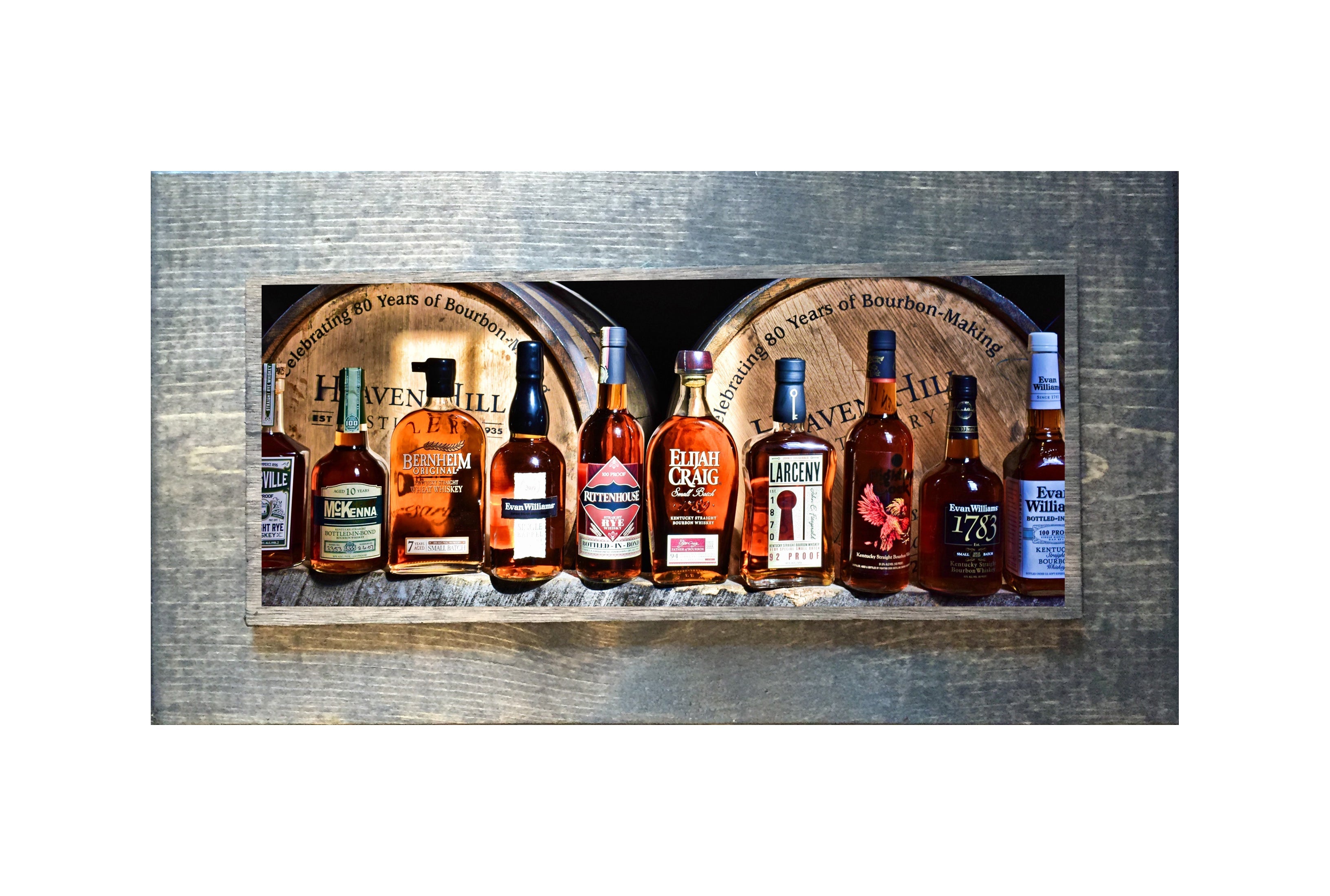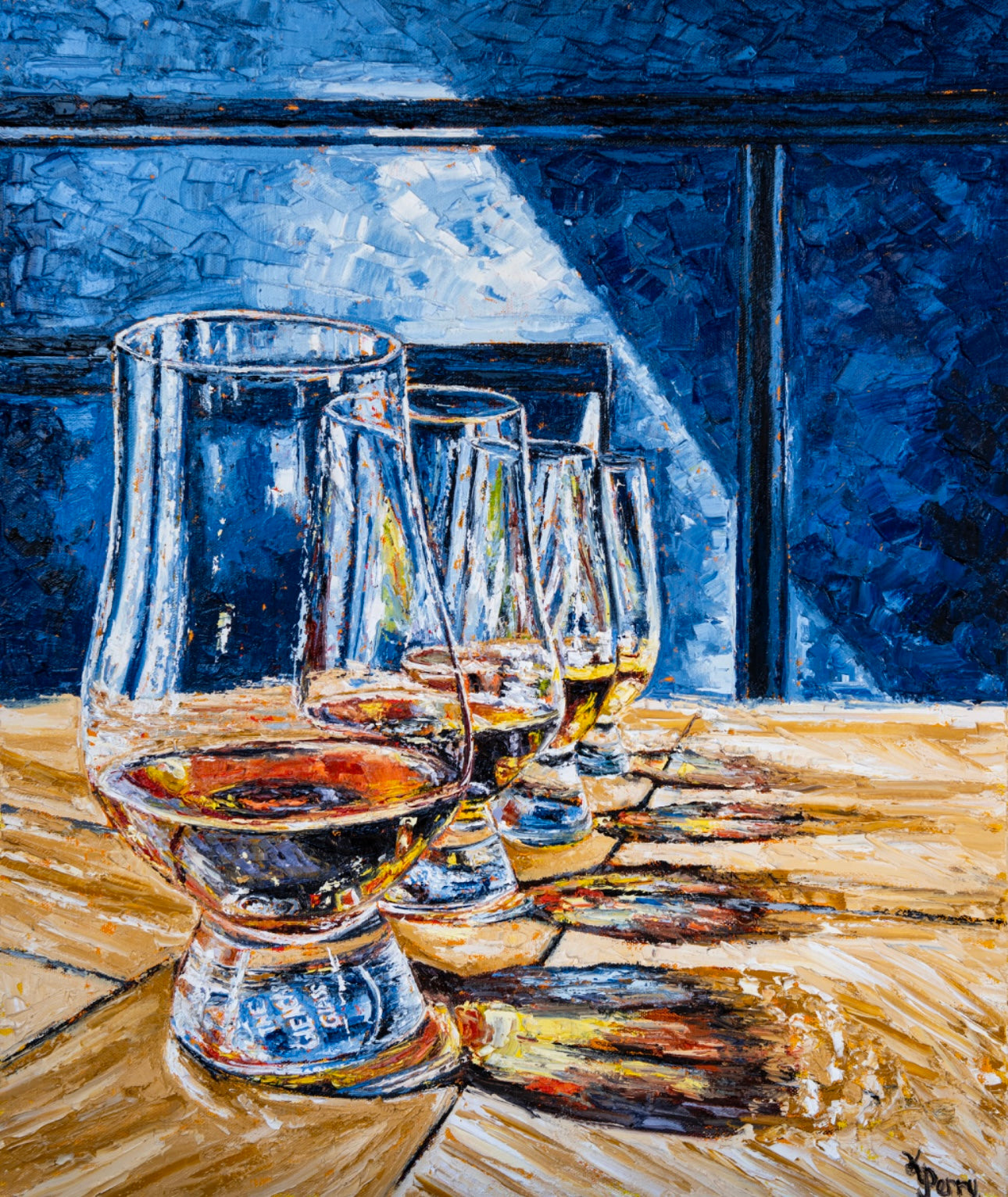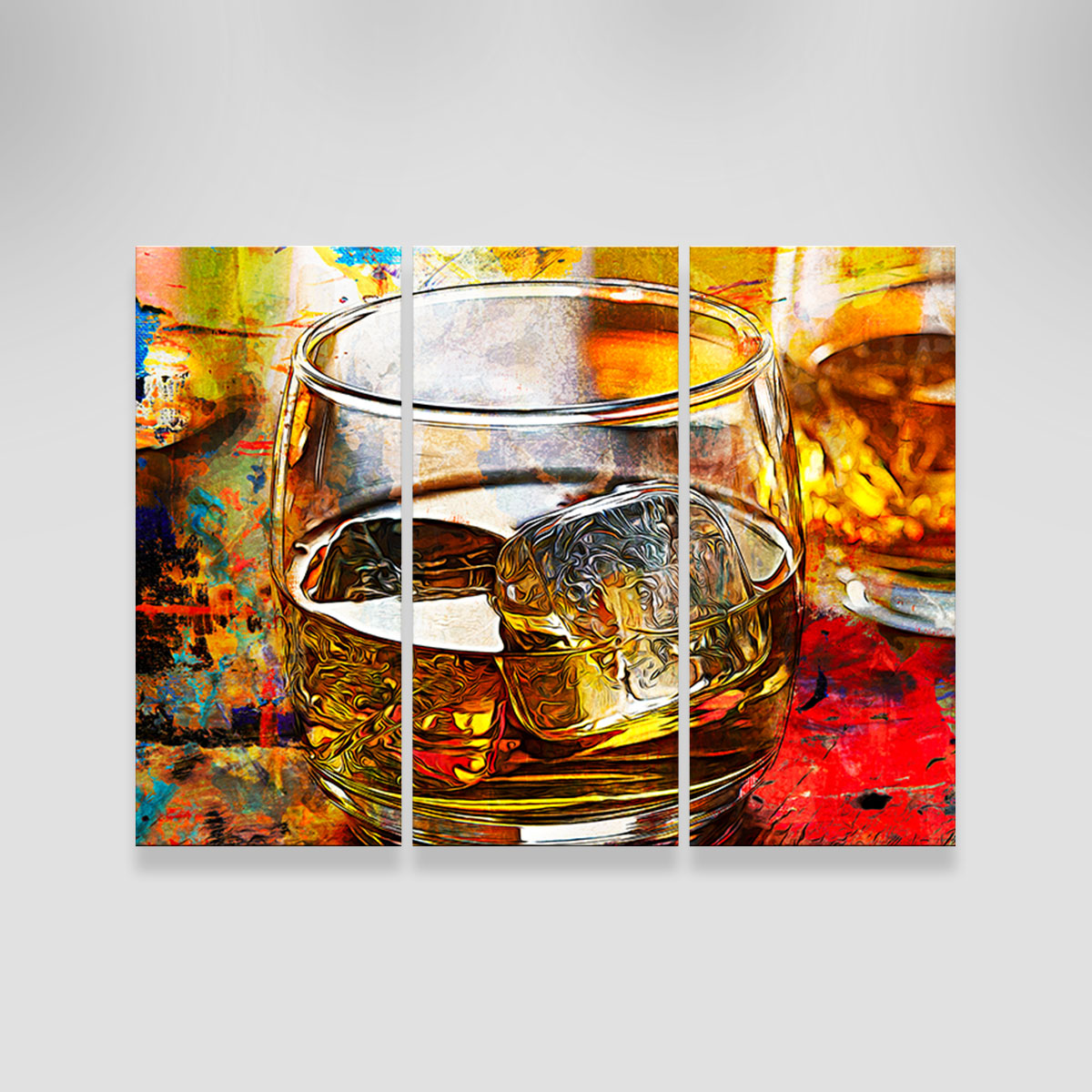Discover the World of Bourbon Art: A Journey Through Society and Craftsmanship
Discover the World of Bourbon Art: A Journey Through Society and Craftsmanship
Blog Article
The Importance of Whiskey Art in Celebrating Heritage and Craftsmanship in the Beverage Sector
The complex partnership between whiskey art and the party of heritage and workmanship within the beverage market can not be overemphasized. With thoughtfully developed containers and labels, bourbon brands envelop their historic roots and the artisanal skills that define their production methods. This artistic measurement not just enhances market charm but also offers as a conduit for social narration, fostering a much deeper link in between the customer and the craft. As we check out the numerous aspects of this subject, fascinating inquiries concerning the influence of modern-day patterns on typical methods emerge, prompting additional examination.
The Historic Roots of Whiskey
At the heart of bourbon's attraction lies a rich tapestry of historical roots that trace back to old worlds. The beginnings of whiskey can be connected to the purification practices of the Sumerians and Babylonians around 2000 BCE, where very early kinds of fermented grain drinks started to arise. It was in the Center Ages that the art of purification advanced considerably, particularly in Ireland and Scotland, leading to the creation of scotch as we understand it today.
The term "scotch" itself derives from the Gaelic word "uisce beatha," suggesting "water of life." This phrase underscores the cultural significance of scotch in Celtic societies, where it was typically connected with rituals, parties, and public bonding. By the 15th century, distillation became a recognized craft within monastic areas, leading the way for the facility of legal distilleries.
As trade paths increased, bourbon's appeal grew, going beyond regional borders and capturing the rate of interest of lovers worldwide. Whiskey Art. This historic journey shows not just the workmanship behind bourbon production but likewise its essential duty in social and social contexts, noting it as a significant drink throughout history
Artistic Expression in Branding
Whiskey branding stands as a compelling crossway of artistry and commerce, where visual identification plays a crucial duty in shaping consumer perception. The aesthetics of scotch tags, packaging, and marketing products mirror not only the brand's tale but likewise its core worths and heritage. Through creative expression, distilleries convey a narrative that reverberates with consumers, evoking emotions and stimulating connections.
Making use of shade, typography, and images in branding serves to differentiate items in a saturated market. Standard concepts may stimulate a sense of credibility and workmanship, while modern-day layouts can signify technology and forward-thinking. This critical artistic instructions boosts brand acknowledgment and loyalty, allowing consumers to create a personal connection with the scotch they pick.
Furthermore, artistic expression in branding usually acts as a celebration of local heritage. Distilleries frequently incorporate local icons or historical recommendations into their layouts, producing a feeling of location that invites customers to take part in a broader social experience. Ultimately, the virtuosity behind scotch branding not just improves visual charm however likewise enriches the overall story of the brand name, promoting a deeper gratitude for the craftsmanship and heritage ingrained in each container.
Workmanship in Container Design
The creativity obvious in whiskey branding prolongs beyond aesthetic identity to include the craftsmanship associated read review with bottle style. Each container functions as a vessel not just for the spirit within, yet also for the tale it outlines its beginning, tradition, and quality. The layout procedure calls for precise focus to information, as components such as form, closure, and material contribute substantially to the overall understanding of the whiskey.
Craftsmanship in container layout involves choosing top quality glass that can improve the scotch's shade and clarity, while also providing a responsive experience for the customer. The shape of the container have to be both aesthetically attractive and practical, typically reflecting the heritage of the brand. Numerous distilleries choose for special forms More about the author or printed logo designs that stimulate a sense of authenticity and history.
In addition, the tag style and typography play a crucial role in communicating the brand's narrative. Limited Edition. A well-crafted container not just astounds the customer's eye but also enhances the brand's dedication to top quality and tradition. In this method, the craftsmanship of container layout ends up being a vital aspect of the scotch experience, combining virtuosity with a profound regard for heritage
Cultural Significance of Whiskey Art
Celebrating tradition and craftsmanship, the social relevance of scotch art transcends mere visual appeals, linking with the social and historic narratives of the areas where it comes from. Each container acts as a canvas, depicting the distinct stories, mythology, and practices that have formed regional whiskey-making techniques. The intricate designs usually show the heritage of the distillers, including icons and concepts that reverberate with the society and values of their areas.

Furthermore, bourbon art plays an essential function in public gatherings and celebrations, link serving as a substantial link in between people and their shared experiences. By appreciating the artistry in scotch product packaging, consumers cultivate a much deeper understanding and regard for the craft, eventually enhancing their enjoyment of the beverage itself.
Modern Trends in Scotch Presentation
Over the last few years, the presentation of bourbon has actually progressed to show modern tastes and patterns while still honoring standard craftsmanship - Bourbon Art. Distilleries are increasingly concentrating on visual components that improve the overall alcohol consumption experience, connecting the void in between heritage and modernity
Innovative bottle styles have actually arised, frequently integrating sustainable materials and imaginative tags that tell compelling stories. Numerous brands now collaborate with regional musicians, instilling their products with distinct visual expressions that reverberate with customers. Additionally, limited-edition releases are often packaged in collectible containers, including worth and charm for aficionados.

Conclusion
In verdict, bourbon art offers as a vital avenue for sharing the heritage and craftsmanship fundamental in the beverage industry. Via elaborate branding, innovative bottle styles, and culturally significant creative elements, bourbon brands properly recognize their customs and connect with customers.


Craftsmanship in container layout involves selecting high-grade glass that can enhance the scotch's shade and clarity, while likewise giving a tactile experience for the consumer. In this way, the workmanship of bottle design becomes a vital facet of the whiskey experience, combining artistry with a profound respect for heritage.
In conclusion, scotch art serves as a crucial channel for sharing the heritage and craftsmanship inherent in the beverage market.
Report this page